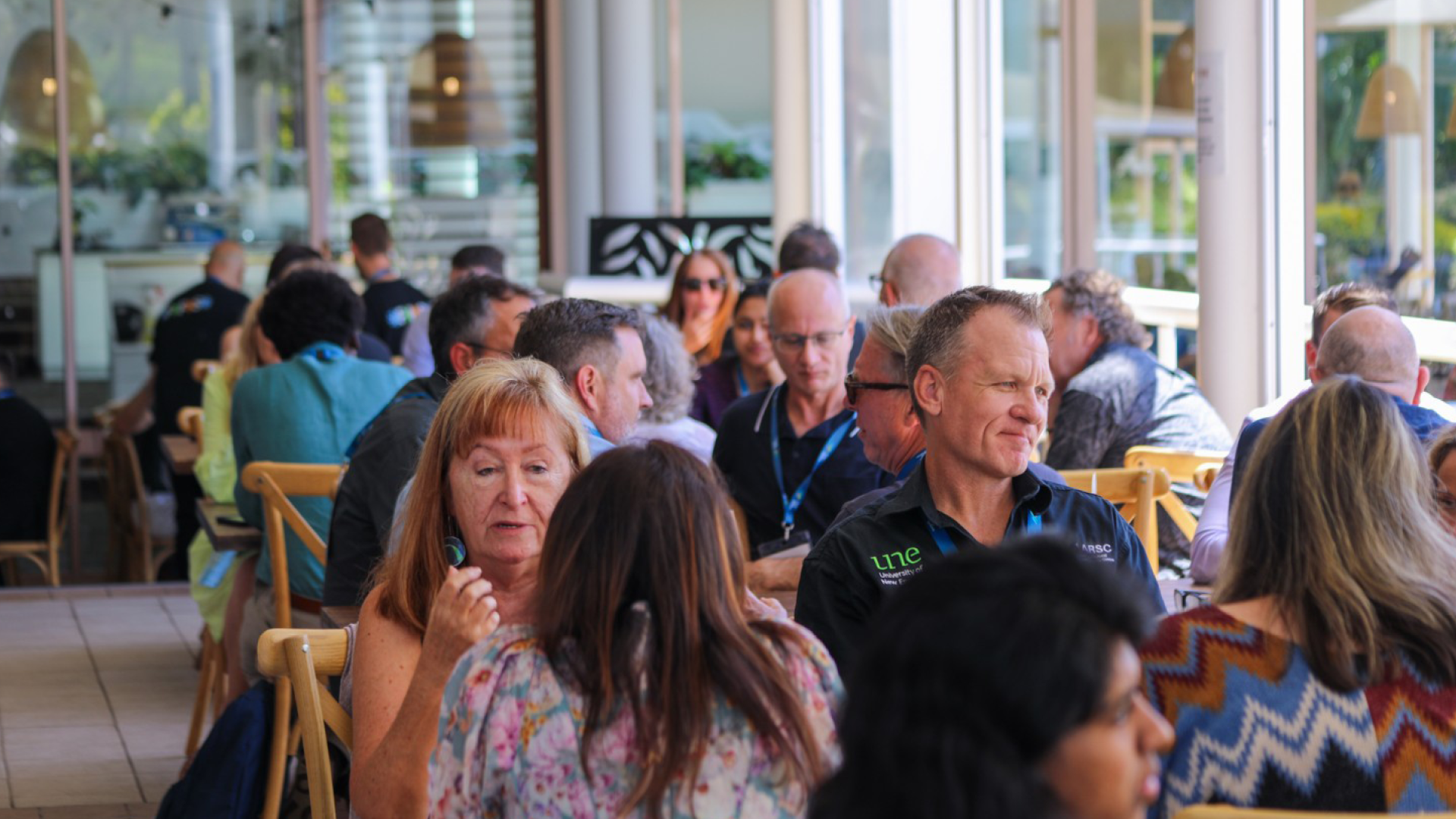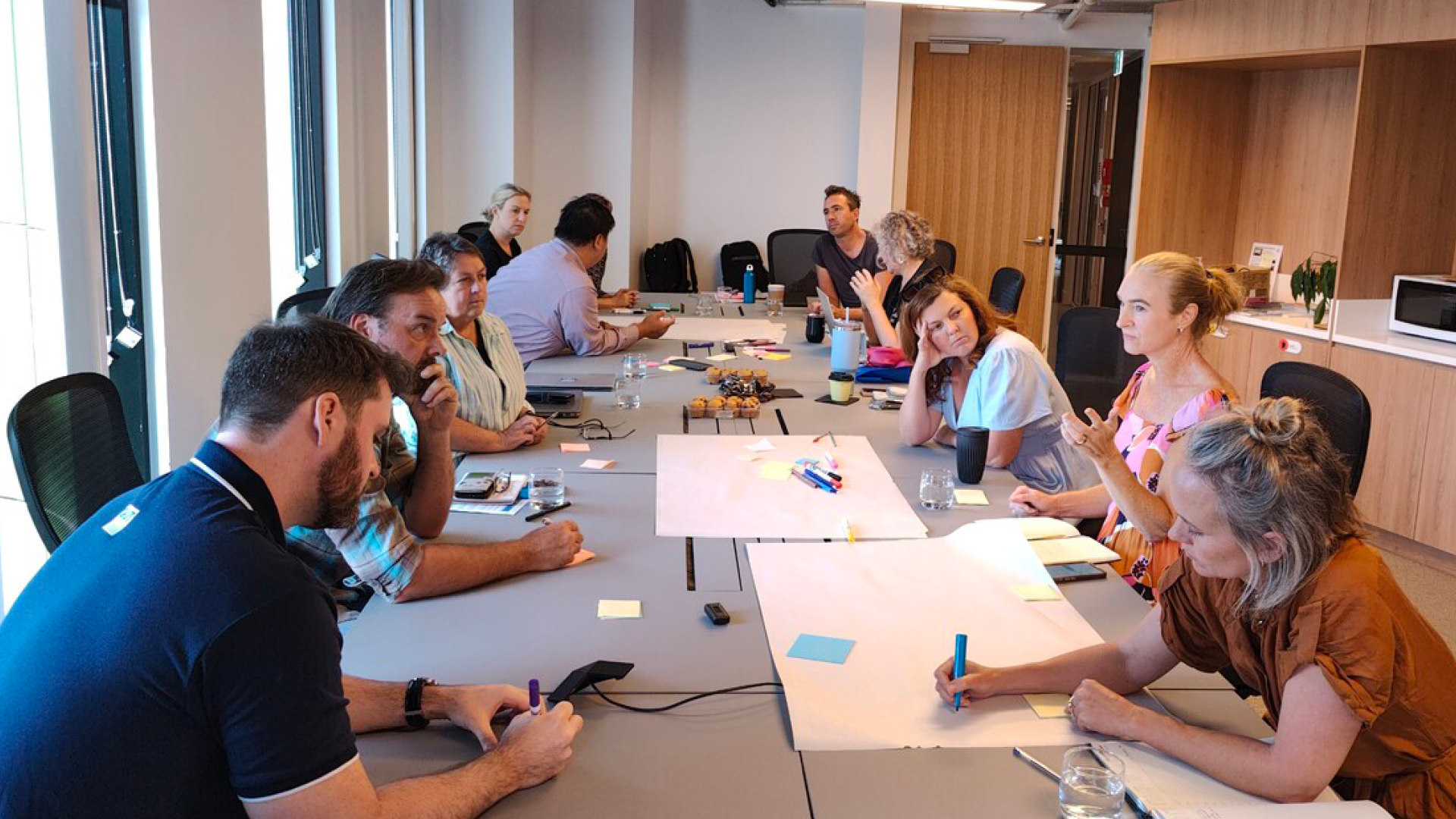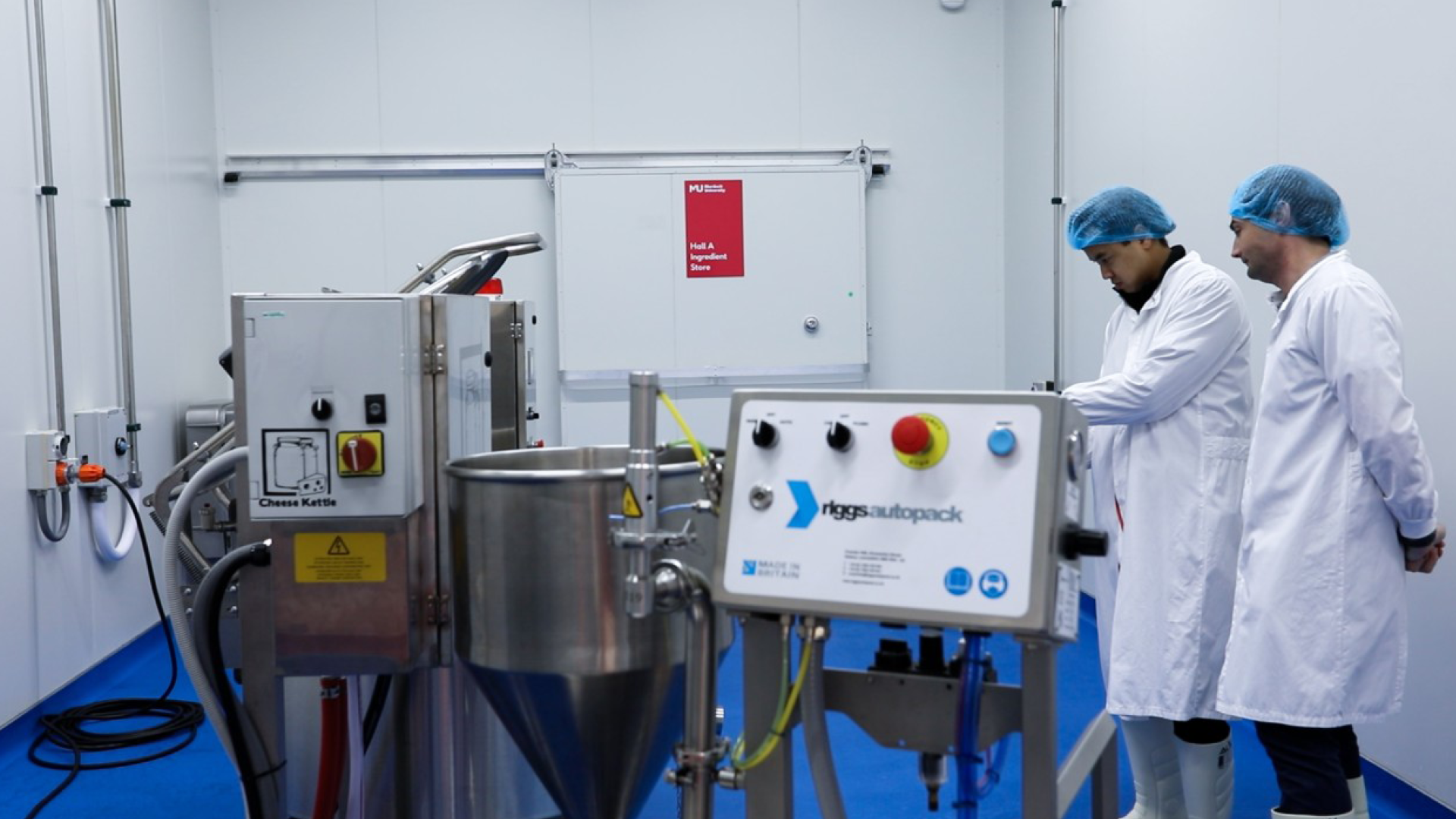When we think about the big levers for Australia’s future prosperity, we often talk about minerals, energy, defence, or digital technology. Yet beneath all these sits something far more fundamental: food. It is not just our oldest industry; it is our most enduring human need. Food anchors communities, supports thousands of businesses, underpins health, attracts investment, and connects us to the world.
But what if we saw food not just as a product, but as a platform? A platform that unites diverse industries, drives new ideas, regenerates land and economies, and helps solve the defining challenges of our time – from climate change to supply chain sovereignty and regional renewal.
In a world rattled by pandemic disruptions, geopolitical tensions and the impacts of climate extremes, rethinking food as a catalyst for mass industrial collaboration could be one of Australia’s smartest strategic moves.

Why food is the ultimate connector
Food is deeply woven into every part of the economy. It touches:
- Agriculture and water: how we grow and manage land sustainably
- Energy: how we power irrigation, processing and cold chains
- Manufacturing and advanced processing: how we turn raw produce into high-value ingredients and products
- Packaging, transport and logistics: how we move goods safely and efficiently
- Retail, health and export: how we feed people well at home and overseas
- Circular economies and waste recovery: how we reimagine by-products as new resources.
Because food sits at this crossroads, it can act as a ‘trust builder’. When we bring people together to solve food system challenges, we build habits of collaboration that flow into other sectors – whether it’s renewable energy, waste management, land regeneration or digital supply chains.
Collaboration already works: The Australian proof
Australia is not starting from zero. Smart, multi-party partnerships are already paying dividends:
- Future Food Systems partner, EcoMag, and their upcycling innovation turned sea-salt waste brine into a premium magnesium product for health and nutrition, creating export opportunities and demonstrating how food-linked by-products can power new clean industries.
- Murdoch University’s passive aeration wastewater system helps small dairy processors manage effluent more sustainably, with lower energy costs. It’s a local fix with global relevance, rethinking waste treatment for many high-nutrient waste streams.
- The Sustainable Innovative Food Technologies (SIFT) facility at the Food Innovation Precinct Western Australia (FIPWA) gives WA’s growers and processors a first-in-the-state shared facility to develop, test and scale new food and beverage products. It helps local brands move up the value chain and keeps profits and jobs in regional communities.
- Turbine on the Sunshine Coast, Australia’s first purpose-built collaborative food and beverage manufacturing precinct, will combine shared processing lines, packaging, cold storage and services that lower the barrier for small brands to scale up and compete with global players.
These are living examples of mass collaboration mechanics in action – and they can go further.
A bigger opportunity: Tackle big national challenges
So, what’s next? If we treat food as a platform, not just a product, we unlock a bigger prize: the chance to tackle Australia’s most pressing priorities together.
1. Climate and sustainability
Food is both a driver of emissions and a powerful climate solution. Collaborative R&D can fast-track regenerative practices, methane reduction in livestock, carbon sequestration in soils, precision irrigation and low-energy processing. Shared innovation hubs can test and scale carbon-positive food systems, turning climate compliance into competitive advantage.
2. Regional renewal
As Australia moves to a clean economy, old resource regions must reinvent themselves. Former mining land can host high-value agrifood precincts, renewable energy farms integrated with food production, and carbon farming ventures. By bringing miners, farmers, researchers and local communities together, we can turn legacy liabilities into thriving local economies anchored in sustainable food industries.
3. Sovereignty and supply chain security
Recent global shocks exposed how fragile food supply chains can be. By boosting local production, processing and storage capacity, and linking it to digital traceability and smart logistics, we can increase our food security and our economic independence. Shared facilities and regional collaborations like SIFT and Turbine prove it’s possible.
4. Skilled jobs and economic value
High-value food means high-value jobs. Collaboration creates pathways for students, researchers, start-ups and established businesses to co-create new products, new technologies and new exports. Food-led collaboration builds skills that flow into other advanced industries – from biotech to renewable packaging and smart manufacturing.

How do we make it happen? A blueprint for mass collaboration
Unlocking food’s power to unite industries needs deliberate action:
- Define and diagnose real challenges Too often, money is wasted on solutions to the wrong problem. Structured challenge identification – root cause workshops, design thinking sprints and business model mapping, helps communities and companies uncover what’s really holding them back.
- Create open doors for all voices Hackathons, Living Labs and community innovation showcases give a seat at the table to everyone: small producers, big companies, Indigenous custodians, engineers, marketers and students. Innovation thrives when fresh eyes meet real problems.
- Invest in a national network of shared facilities and networks collaborations like SIFT, Turbine and the Coffs Agrifood Living Lab (CALL) must be supported, linked and expanded. Imagine a national web of open-access labs, pilot plants, digital sandboxes and testbeds for new products and processing. These derisks scale-up and keeps ideas flowing across regions and sectors.
- Empower local leadership communities know what works locally. Funding should back region-led solutions – micro-grants for local clusters, pilot programs for producer groups, and support for First Nations agrifood enterprises that pair traditional knowledge with modern science.
- Reward true collaboration Incentives should favour projects that prove they have real cross-sector buy-in and a clear pathway to commercial, environmental and social outcomes. Let’s fund results, not silos.
A national call to action
Food is a necessity, but it can also be Australia’s strongest force for industrial renewal, climate resilience and long-term prosperity. When we treat it as a platform for collaboration, we create new industries, regenerate land, strengthen our sovereignty and equip future generations with the skills and jobs they need.
Let’s build a culture where mass collaboration is standard. Let’s grow and connect facilities and networks like SIFT, Turbine and CALL. Let’s run more hackathons, open challenges and Living Labs that invite everyone to co-create the solutions we need.
Above all, let’s remember: the nations that thrive tomorrow will be those that collaborate best today.


